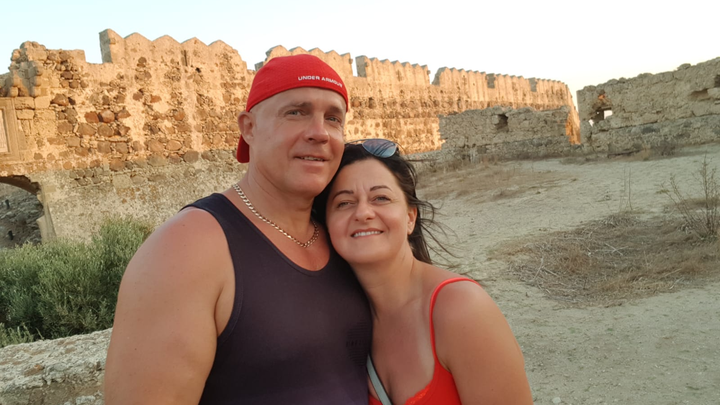Glioblastoma In The UK: Why Patients Seek Donations For Personalised Treatment
The Silent Threat: Understanding Glioblastoma’s Urgency
In the world of cancer, glioblastoma is one of the most devastating diagnoses a person can receive. Often striking without warning, this brain cancer affects approximately 5 in every 100,000 people in the UK each year. Once diagnosed, the clock starts ticking—fast.
The median survival without treatment? Seven months. Even with the most aggressive interventions—surgery, radiotherapy, chemotherapy—median survival extends to only 16 months. What’s more concerning is that only 29% of patients in the UK actually get this full spectrum of care. This isn’t just a health crisis—it’s a systemic gap.
Why Conventional Treatment May Fall Short
Glioblastoma doesn’t play by the usual rules. It’s highly resistant, fast-growing, and notoriously difficult to treat. One of the biggest challenges is that the UK’s standard protocols have changed very little in decades. And while the NHS offers some of the best care in the world, access to targeted or experimental therapies often remains out of reach.
For some patients, this means looking beyond traditional pathways—towards specialised treatment plans that consider the individual’s tumour profile, genetic markers, and response history. These options may exist in private clinics or international research centres, but they come with an emotional and financial cost many aren’t prepared for.
Personalised Hope: When Standard Isn’t Enough
A growing number of patients and carers are turning to personalised treatments as a source of hope. One UK resident, Asta Pratapaviciene, found herself going down this complex path after her partner Raimondas was diagnosed with glioblastoma.
“We were planning our future together when everything changed overnight with the diagnosis,” she shared. “After extensive research, I learned of a specialised treatment that targets this specific cancer. This offers hope, but the cost is far beyond what we can afford on our own.”
Her story isn’t unique. More UK families are turning to crowdfunding to access targeted therapies. When facing glioblastoma’s 5% five-year survival rate, every additional treatment option matters.
A Quiet Movement of Support
While traditional options remain the norm, support is building for alternative routes. Campaigns like Asta’s “You’re My Only Hope” reflect a broader principle: treatment shouldn’t be limited by postcode or protocol when life hangs in the balance.
At the time of writing, her GoFundMe campaign has gathered support from over 100 donors—proof that even small acts of kindness can build towards something bigger.
Final Thoughts: When Every Day Counts
Glioblastoma doesn’t wait. For Raimondas and many facing this diagnosis, standard options simply aren’t enough. That’s why knowledge, community, and support are more critical than ever.
Whether you’re facing a similar journey or simply want to understand what families go through after a glioblastoma diagnosis, learning more about personalised treatment options—and how people like Asta are turning to community support to access them—can offer powerful insight.


Comments are closed.